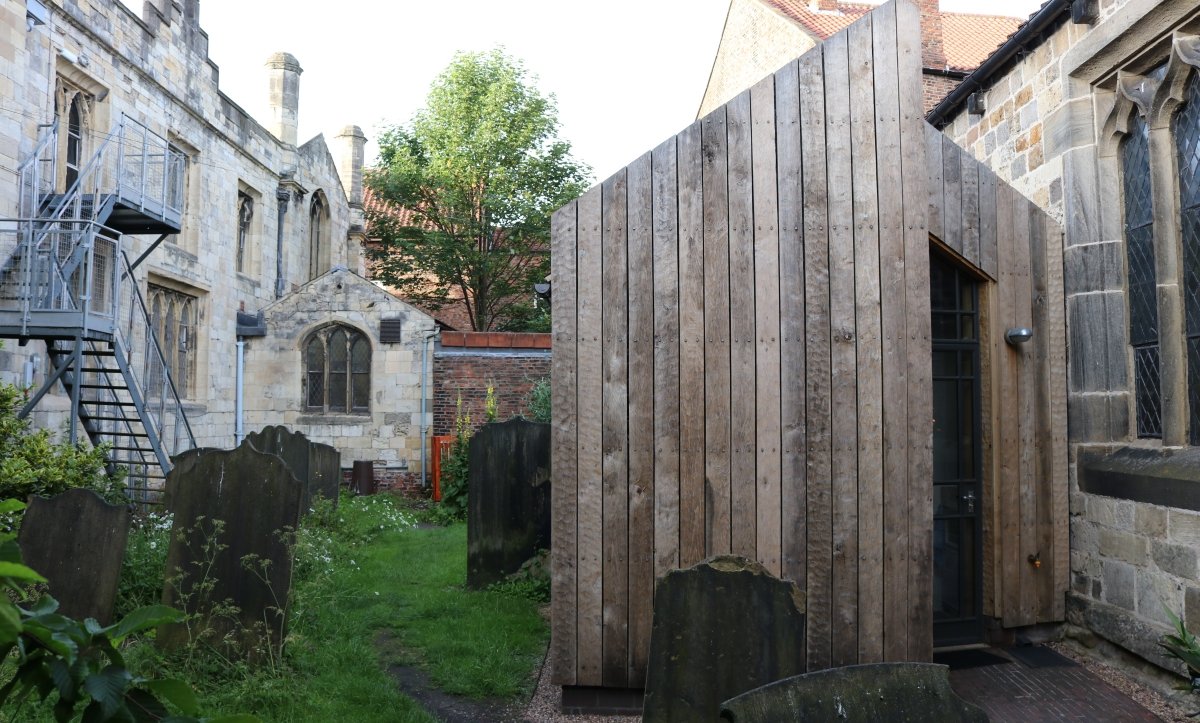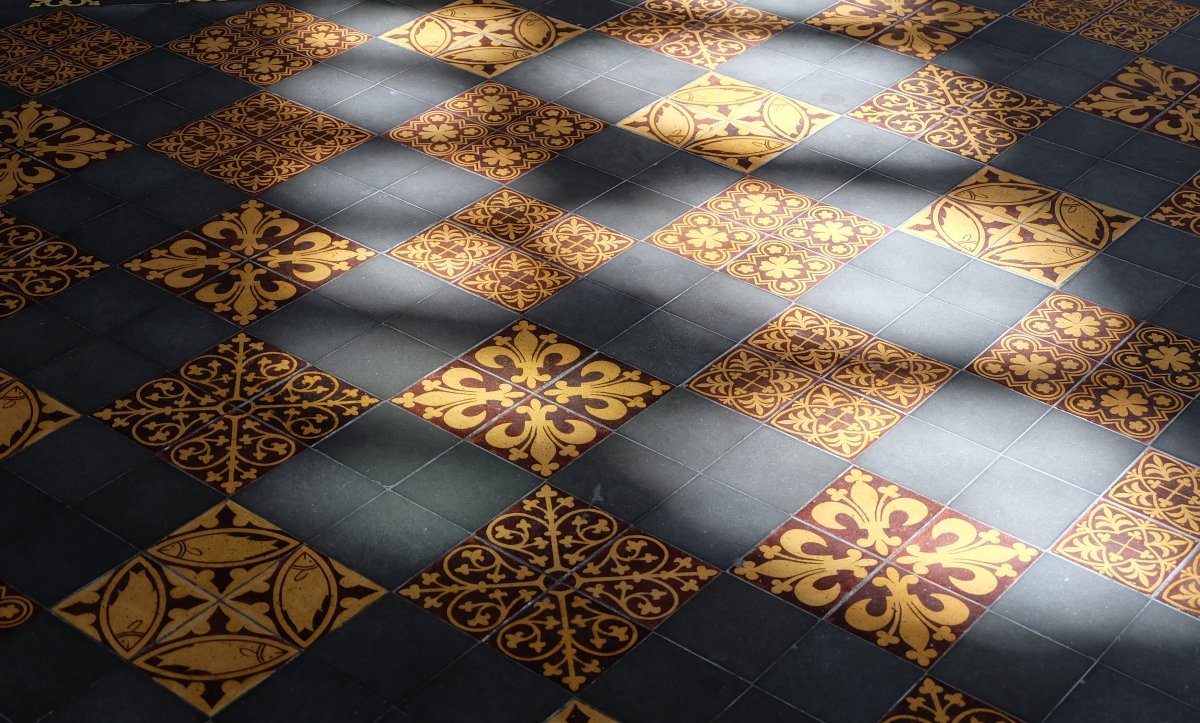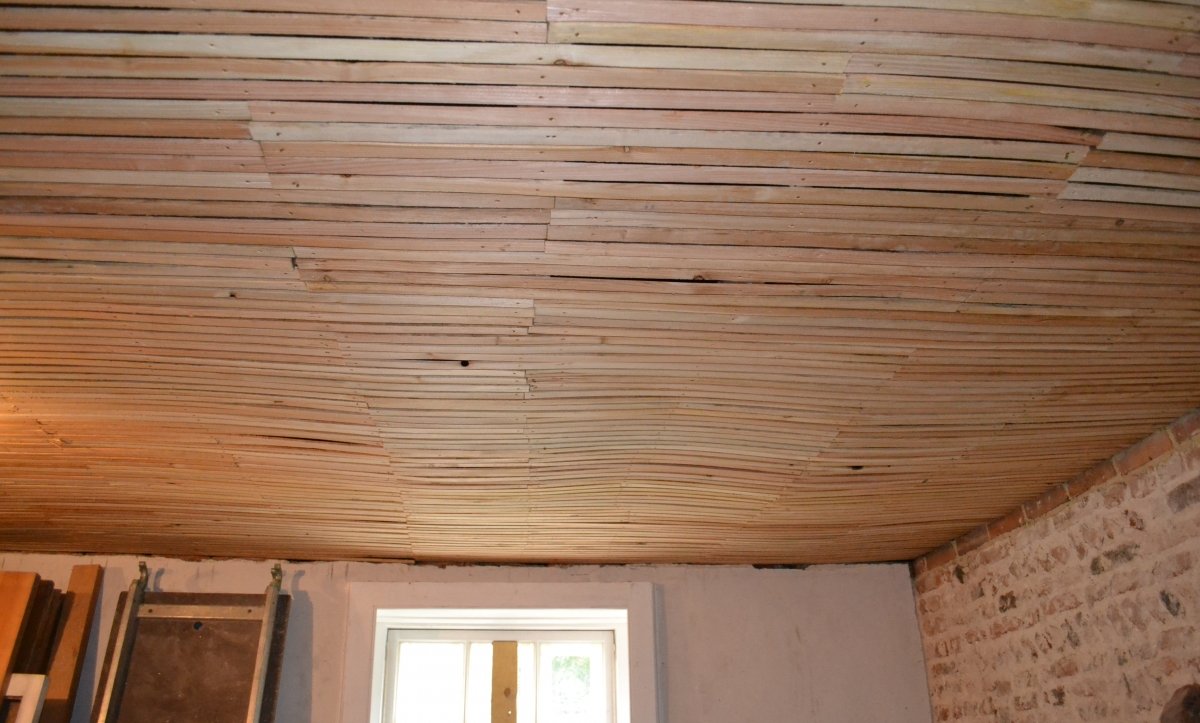Search our Knowledgebase
Search our Knowledge Base
The SPAB receives a substantial number of applications for extensions to church buildings every year. Some are for modest extensions to accommodate a toilet and small kitchen area whilst others are rather more ambitious schemes that include additional meeting rooms, offices and storage as well. Whilst some schemes are well designed and complement the existing building, many others have a detrimental impact on the historic fabric and character of the church. This guidance aims to provide an understanding of the SPAB’s view on extensions to church buildings and the issues we would expect a...
There have been many recent schemes to install underfloor heating in places of worship and the SPAB is extremely concerned that irreversible damage is being caused to important historic buildings as a result. Installations are also often failing to meet user expectations. This document is intended to highlight considerations that should be borne in mind by those contemplating whether or not to install underfloor heating in a historic church. It is important that historic churches are used, cared for and survive. This will often result in a need for heating to provide comfortable condition...
Historically, many building interiors were plastered with non-hydraulic lime, sand and hair (sometimes gauged with gypsum) or, alternatively, clay, a lime binder and reinforcement such as straw, concealed under a lime skim. Such plasters are applied directly to solid backings, such as masonry or cob, or flexible supports, including timber laths or reed. Lime or clay plaster can have a more pleasing character as well as offer better internal comfort and sound insulation than substitutes widespread by the 20th century.
Historically, many building interiors were plastered with non-hydraulic lime, sand and hair (sometimes gauged with gypsum) or, alternatively, clay, a lime binder and reinforcement such as straw, concealed under a lime skim. Such plasters are applied directly to solid backings, such as masonry or cob, or flexible supports, including timber laths or reed.





